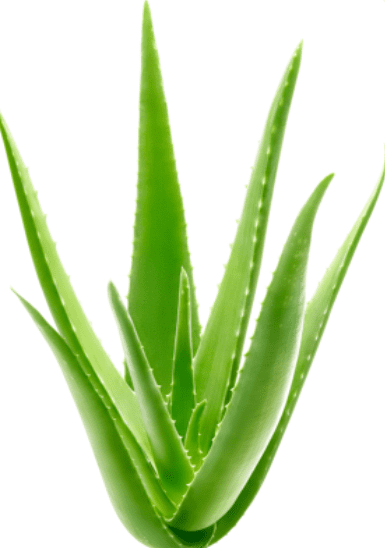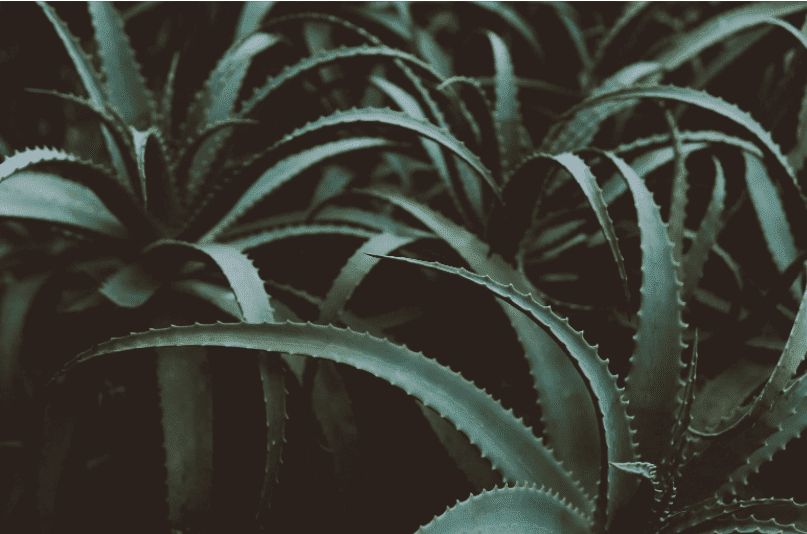How To Grow Aloe Vera And Treat The Skin
When most folks hear the word “aloe,” they think of skin lotion or shampoo. Even gardeners tend to focus on Aloe vera plants, a Canary Islands native with leaf pulp known for its healing, soothing properties.
I have nothing against Aloe vera, a beautiful, 2-foot, clumping succulent with grayish-green leaves and yellow or orange flowers.
It’s just that hundreds of other Aloes can also be cultivated here, and many of them have gorgeous blossoms and striking foliage.
Why aren’t these Aloe’s standard items at most nurseries? No one seems to know.
South Africa is home to most of the nearly 400 species of Aloe., Madagascar, and the Arabian Peninsula, so they require incredibly well-drained soil. Most need pretty bright light to flower.
Aloes range from the tiny, ground-hugging Aloe haworthioides of Madagascar, a good windowsill plant, to the 15foot Aloe ferox from South Africa.
Aloe Vera Species Variety
There are many shrubby species and a few kinds that opportunistically climb nearby plants and rocks between these extremes.
Regardless of species, every Aloe I’ve seen produces tall inflorescences tipped by multitudes of bright, tubular flowers beloved by hummingbirds. And in most species, these blossoms are displayed for months.
The fleshy foliage of aloes often edged with spines, is generally blue-green or gray-green, while the spines and leaf edges may be contrastingly darker or lighter.

Several Aloes, including the soap aloe, feature attractively mottled foliage. Soap aloe (A. maculata, previously A. Saponaria) is probably the second-most cultivated Aloe in Polk, behind Aloe vera.
This colorful plant flaunts triangular, white-spotted, gray, or bronze leaves and disproportionately tall, branched inflorescences with flowers ranging from pink to scarlet.
These blossoms are borne from autumn into the following summer if the winter is mild.
Soap aloe, which sometimes develops a short trunk, forms clumps that can eventually become 3 feet high, not including the inflorescences, which may be more than 2 feet tall.
In general, Aloes are tough plants that survive in less-than-ideal conditions. I’ve had some Aloe vera growing in deep shade for years, and though they don’t bloom, they’ve remained healthy and attractive.
As long as air circulation and soil drainage are good, Aloes, pest, and disease-resistant will endure unless damaged by extreme cold.
It’s best to plant Aloes in protected locations and cover them during hard freezes.
Beware of using Aloe juice for home remedies despite its reputation as a medicinal plant.
Even the well-known Aloe vera may exude a bitter substance from its leaves, while some Aloe vera look-alikes are poisonous.
How To Grow Aloe Vera
Aloe vera can be planted in direct sun in the garden or grown in a pot or hanging basket.
Aloe vera grows best in the heat but struggles in the cold, wet, and frosts.
If growing it in a cool climate, keep the plant in a container close to the house, where reflected heat can help keep it warmer.
Plant aloe vera in pots or hanging baskets if your area is prone to cold and wet winters, as aloe roots may drop off during their dormant period.
The plant is available from most nurseries.
Using Aloe Vera For Skin Problems
The calming aloe gel embedded in the leaves is excellent for alleviating sunburn, calming mosquito bites, and moisturizing the skin.
The gel can be used directly from the leaf.
For best results, use the oldest leaves. Split open the leaf or peel it to get at the gel, then gently squeeze. Gently dab the gel on the affected skin, but do not rub it in.
Do not squeeze the leaf too hard, as this will give you older juice and not the desired gentle sap. Discontinue use if a rash appears on the skin.
How To Take Care Of Aloe Vera Plants
Pale leaves on aloe vera are due to poor light. Move the plant to a direct light source. A South- or west-facing window would be ideal.
If leaves turn brown and dry, the plant has been dry over a long period. Soak it thoroughly.
Take care not to overwater. This results in stem rot and is seen as black marks on the leaves.
Water your plant, let the pot drain and let it dry out slightly before watering it again. This can mean watering every three weeks in the winter months and perhaps more often during the summer months.
Feed with a diluted liquid solution every four to six weeks during spring and summer.
Aloe Vera For The Health Of Your Hair
Have you noticed that many shampoos include aloe vera in their ingredients? it does not seem to be any coincidence, it is due to its regenerative properties since, in addition to giving them a natural shine, it also contributes to stimulating their growth.
But it is not necessary to buy countless products, since you can add aloe vera to your beauty routine yourself and enjoy its benefits.
Per a research study released in the Journal of Phytotherapy, aloe vera, also known as aloe vera, is native to Africa, and among its properties stand out is its disinfectant and healing power, although on this occasion we will focus on its capillary properties.
According to the aforementioned magazine, the gel that secretes aloe vera can penetrate to the deepest layers of the skin with great ease, even reaching the capillary system of blood supply of the dermis, which helps to leave the capillaries clean and to make the circulation more fluid, an issue that contributes directly to the stimulation of hair growth.
On the other hand, aloe vera also serves to provide strength and shine to the hair and has even been effective in solving the problems of dryness and itching on the scalp.
This is not to mention that if you have oily hair, you are likely to see a favorable change within a few weeks of starting to implement aloe vera in your hair washing routine, says an article published by the Revista Canarias.
Below we will tell you several ways to use it in your routine.
Use it with your favorite conditioner
If you use conditioner you can include a little of the pulp of aloe vera, and if you are not affected by this product you can also include it in your shampoo.
You only need to carefully cut a piece of aloe vera leaf in half horizontally and dig with a spoon to extract the pulp, then crush it with a spoon, until you get a liquid mixture and then add it to your shampoo.
Natural massages
If you want to see faster results you can also choose to directly apply the aloe vera gel on your scalp and let it sit approximately 10 minutes before washing it as you usually do.
You can even take advantage of this to give a hair massage that stimulates circulation and contributes even more to the creation of a spectacular mane.
Your own aloe vera shampoo
To do this you need:
- A couple of cups of aloe vera or aloe vera gel
- Two tablespoons of oil
- Two tablespoons of wheat germ
You will combine all the ingredients, pour them into a bottle, and you will have a homemade shampoo that will promote hair growth.
Aloe vera applicator cream
Aloe vera is a regenerator of the intestinal mucosa and helps the skin.
To do this, you can mix a glass of water with three tablespoons of the oil you prefer and two of the aloe vera gel.
In this case, it is a perfect cream to apply after washing the hair. In this way, in addition to helping to untangle it, we will also generate greater hydration.
As a result, it will bring us more growth. Your hair will thank you


























